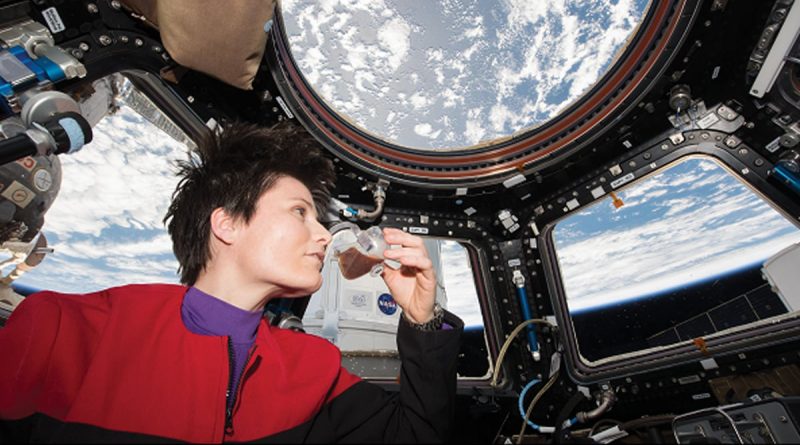NASA’s Futuristic Space Cup Can Hold A Drink Without Gravity
The demo is part of NASA’s Capillary Flow Experiment.
For years now, NASA has been developing a space cup that can keep the liquid in its place even with an open top. National Aeronautics and Space Administration recently showed a demo of its futuristic space cup on Twitter. The demo video shows astronaut Nicole Mann pouring coffee from a pouch into a special vessel. She then gives the cup a gentle spin to show how the beverage remains in the cup and doesn’t spill at all.
The video was posted by ISS Research on Twitter. The caption reads, “Classic cappuccino, meet the space cup. This demo shows the Capillary Beverage investigation which studies the process of drinking from specially designed Space Cups that use fluid dynamics to mimic the effect of gravity.”
Watch the demo here:
The demo is part of NASA’s Capillary Flow Experiment. Scientists say that the cup functions similarly to those on Earth by harnessing the combined effects of surface tension, so-called “wetting” conditions, and cup geometry. Wetting is the term for how a liquid maintains contact with a solid surface when they’re brought together, Mashable reported.
The results of recent capillary experiments performed aboard the International Space Station (ISS) are employed to design cups for drinking liquids in space in a manner similar to on Earth, where the effects of surface tension, wetting, and container geometry are exploited in a manner that mimics the role of gravity in normal drinking on Earth. The experiments have the potential for significant educational and public outreach returns as well as applied science data, NASA said.
According to a paper published in Nature Microgravity last year, the cup has at least one channel running from bottom to rim. The stability of the liquid surface to manually imparted perturbations during handling is enhanced by the enveloping rim. By design, the lip of the cup is the “bottom” of the cup, and when the astronaut makes a connection at the lip, the liquid is spontaneously wicked into the mouth, the crew regulating the rate by mouth shape and suction. Small fast spurious-free droplets are created when the cup is detached at the lip as will be described in Section Rivulet rupture, pipetting, and slime in space. Large bubbles in the liquid are passively exuded from the liquid during the flow process as will be described in Section Low-g flows in sealed chambers, open channels, and in-line bubble phase separators.
The patent of the space cups was granted in 2011 by astronaut Don Pettit with mathematicians Paul Concus and Robert Finns.
The objectives of the tests are to demonstrate cup geometries that exploit capillary forces enabling crew members to drink a variety of aqueous drinks in space, from simple fluids like water and juice to more complex fluids such as cocoa, coffee, espresso and fruit smoothies.




